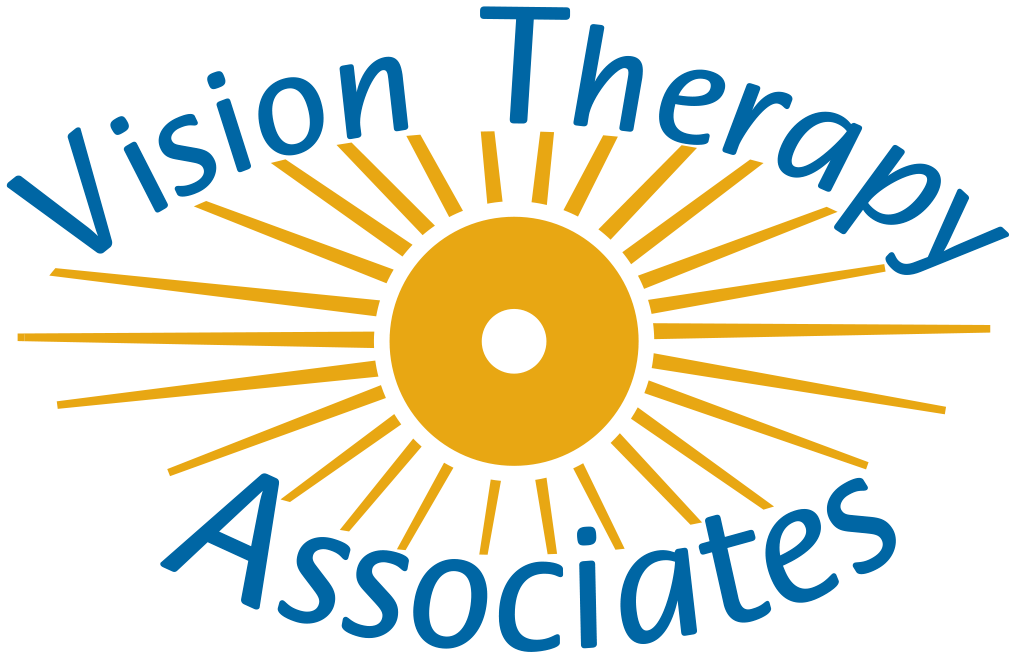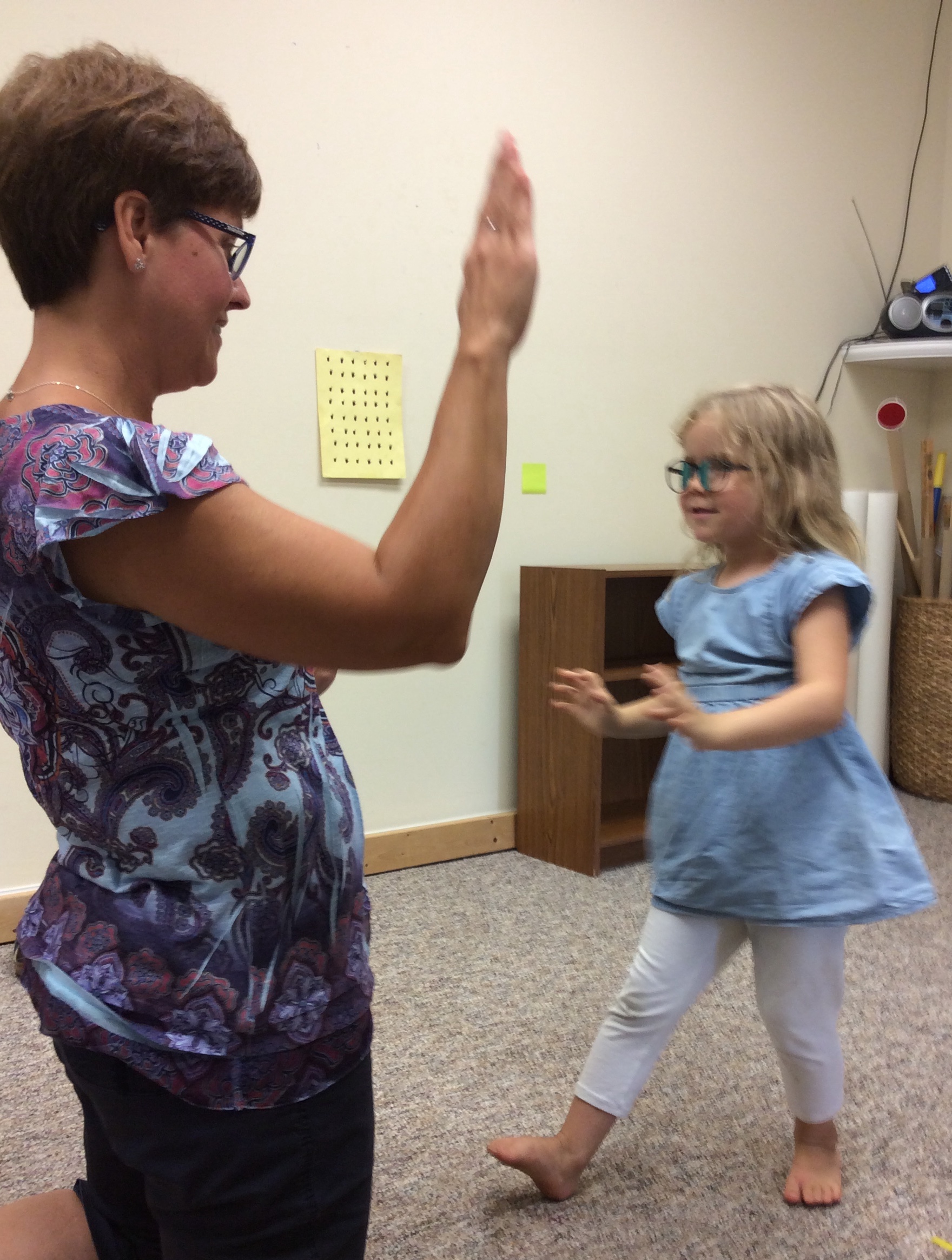About Vision Therapy
*Between 70 to 80% of individuals who have learning difficulties suffer from visual deficits (coordination and/or processing) and could benefit from vision therapy. With some of these individuals the vision component is the main reason for their struggle, while with other individuals it is just one component of the reason for their struggle. Everyone who struggles with learning should have a Behavioral Vision evaluation to determine if one of the hurdles in their path of learning could be addressed, and removed.
Vision Therapy is not just for children. Estimates reveal between 15 to 20% of the population could benefit from vision therapy. We rarely outgrow vision coordination or visual perceptual difficulties, therefore there are many adults suffering from these handicaps. It is never too late to treat eye coordination difficulties. As humans, we retain the neuroplasticity to improve our coordination throughout adulthood.
The earliest forms of vision therapy were used to treat individuals with strabismus or turned eyes, but then it was used to train pilots' vision during World War II. In the middle of the twentieth century, vision therapy was employed in training vision in individuals with learning difficulties. In the last two decades, the value of vision therapy to treat people with brain injuries (including concussions) has been realized.


